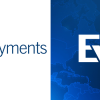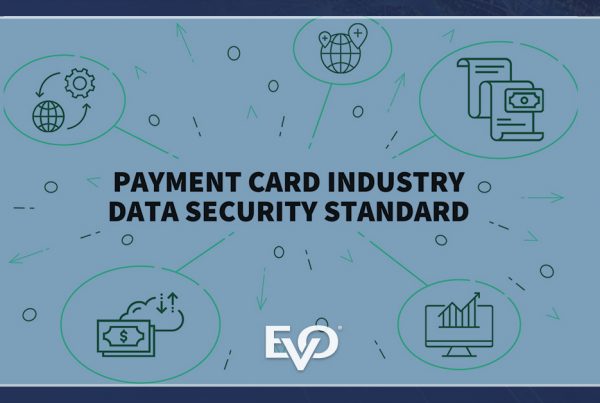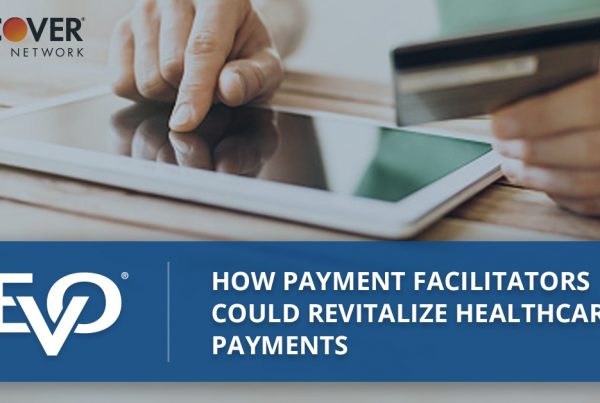
Whenever a customer disputes a charge or claims a fraudulent transaction, the credit card provider demands the retailer make good on that loss. This is called a chargeback. Chargebacks were initially intended to build customer trust in credit cards nearly four decades ago.
However, customer dissatisfaction is one of the main reasons for chargebacks. It could happen in a variety of scenarios such as being double billed, the product didn’t meet the customer’s expectations, or even if the purchase was made with a stolen card.
Many of these instances, where the customers file a chargeback instead of simply asking for a refund, are referred to as “friendly fraud.” According to chargebacks911.com, “At the current rate, friendly fraud will cost merchants upwards of $25 billion a year by 2020.” A chargeback can occur within 180 days of the originating transaction, and in some cases, longer. Chargebacks are initiated by the cardholder’s bank and/or the cardholder. The merchant bank has a limited timeframe to respond to the chargeback for the reversal process.
When a card holder disputes a charge, the issuer may ask for a detailed explanation. Those reasons could include the merchant failing to get authorization, a card imprint, or even processing an expired card. If the explanation is proved to be valid, the amount in question is deducted from the merchants’ account by the acquirer. If the merchant does solve the dispute, then they are not responsible to cover the loss, yet may jeopardize loosing that customer over the dispute.
It is also important to note that there is a fee that must be paid for a chargeback dispute. If the amount in question is less than the fee, most merchants will opt to cover the chargeback vs. filing the dispute to save time and money.
Card-present Transactions
- Use a chip reader whenever possible and avoid letting customers swipe unnecessarily.
- When the terminal cannot read the chip, try the mag swipe. If the card still cannot be read, ask for another form of payment.
- Cancellation or return policies must be clearly written and within a ¼ inch of the cardholder’s signature.
- If refunding a customer, always credit the same card that was used for the original sale.
Card-not-present Transactions
- Use the Address Verification System (AVS) address.
- Ship merchandise to the AVS address.
- Obtain signed proof of delivery.
- Cancellation/Return policy needs to be acknowledged by cardholder within ¼ inch of the “I Accept” button if you are an internet merchant.
According to kount.com, “Approximately 8 in 10 customers admit to filing a chargeback instead of working out issues directly with a seller.” That is a lot of time and money spent to make the customer happy. By following the best practices listed above, you can limit the chargebacks against your business, and put that extra effort into increasing your bottom line.





